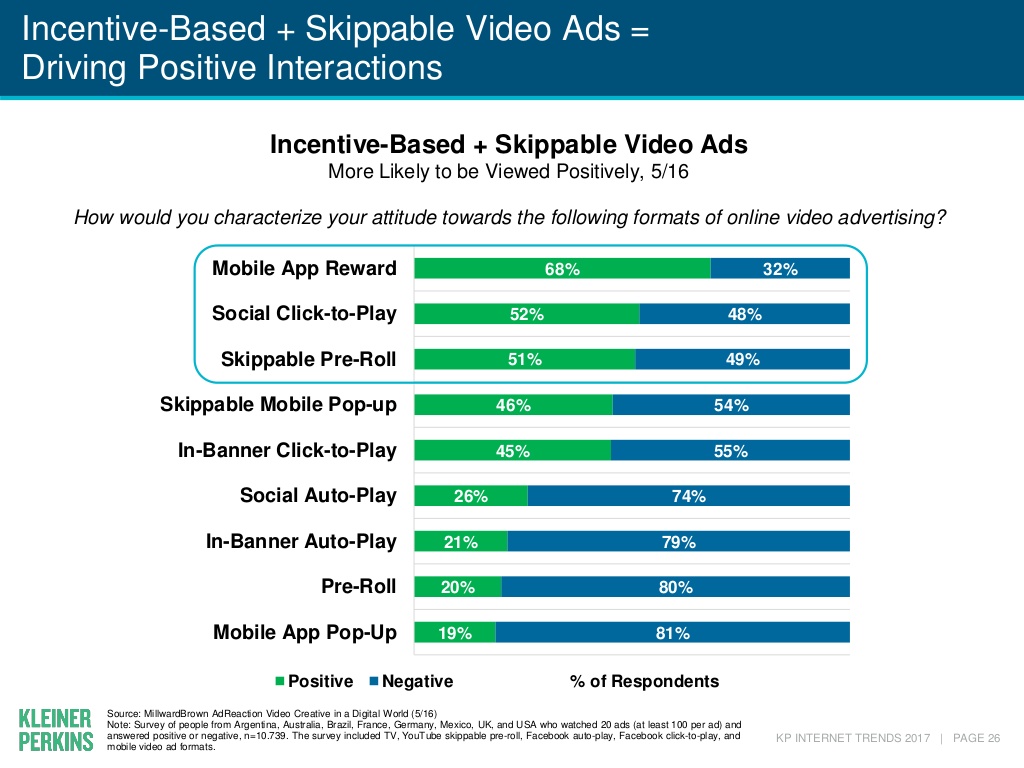Save 50% on a 3-month Digiday+ membership. Ends Dec 5.
The important role game developers play in digital advertising innovation

By Maggie Mesa, head of mobile, OpenX
Game developers have earned the reputation of being trailblazers in mobile advertising. In the early days of mobile, most traditional web publishers didn’t have mobile apps, and advertising strategies often centered around porting a successful desktop approach to mobile web. Many game developers, on the other hand, were mobile app-first, giving them a chance to approach advertising in a unique and completely different way — by focusing less on existing web strategies and more on the mobile-specific user experience.
Through new “mobile-first” business models, like in-app micro-purchases, game developers demonstrated how they understood the nuances of pricing, leveraging an understanding of user purchase patterns to determine how often an opportunity should be offered to purchase something. Companies like King — developer of the Candy Crush Saga — turned this strategy into billion dollar revenue streams, building their monetization strategy to complement, rather than take away from, the content.
This trailblazing mindset was also seen in the ad-supported business models that game developers incorporated into their apps. Rather than relying on standard display banners, game developers took the lead on rolling out new types of ad units like playables and opt-in video. Even in the ad units themselves, game developers found creative ways to incorporate native mobile features like the gyroscope or accelerometer, creating a unique feel from anything a user may see on desktop.
As it is forecasted that mobile programmatic ad spending will reach $32.78 billion this year in the U.S. alone, a scalable and efficient way to monetize apps is real and ready to take off, making the application of standard desktop strategies on mobile more obsolete than ever. The long awaited “year of mobile” in advertising has finally happened, yet there is still work to do for both mobile and programmatic to reach their true potential — and in many ways, game developers have developed a blueprint to follow.
App first monetization solutions and the power of opt-in video
Most publishers or content producers developed their mobile strategies specifically for mobile web, particularly in programmatic, a tactic much closer to the familiar world of desktop than in-app. As the app economy continued to boom, however, it became clear that focusing strictly on mobile web was not enough.
Creating an “app-first” monetization model may seem simple on the surface, yet there are many challenges. Both publishers and advertisers want proven ad solutions that deliver measurable benchmarks as well as technology that can scale, and might be hesitant to change their current game plan without these additions.
Ad position: web_incontent_pos1
That said, many still look at the in-app programmatic space as if it’s in its “early days.” Acknowledging this, the best first step for many publishers is to look at who is currently seeing real success in-app leveraging programmatic technology — like game developers.
More so than almost any other vertical, user experience is critical for game developers. Consumers have their pick of across an overwhelming variety of games in the app store so if the user experience in a game ever starts to suffer, a consumer could very easily move on to another game. In the iOS App Store alone, nearly one million gaming apps have already been submitted, and over 1,000 new games are being added every single month. Games need to be sticky, keeping people coming back regularly. Game developers have had to find the perfect balance between monetization and user experience, and build out app-first strategies with this in mind.
Opt-in video (also known as rewarded video) is a great example of how game developers can balance the two. Studies have shown that opt-in video can actually enhance the experience of playing a game and make it stickier (i.e. if someone gets five more lives in a game, they are more likely to keep playing as opposed to finding a different game), and the high prices opt-in ad units command mean that developers can make more money than they would with more traditional ad formats. Going back to user experience, Mary Meeker also found in her 2017 report that opt-in video scored more than three times higher than traditional pre-roll in terms of consumer preference.

Follow the game developers
While opt-in video may not be new, the ad format has only recently started expanding beyond the gaming sector into the mainstream. Pandora and Spotify for example have both identified a value exchange for users to get an ad free listening experience in exchange for opt-in video ads. Other app categories are following suit as well, ranging from an alarm clock app giving people a new “ring” or a premium dating site giving people more profiles to view, all in exchange for watching a video ad.
Ad position: web_incontent_pos2
We’ve seen this work in app categories like photography, social networking, home design and more. Consumers are open to all sorts of opt-in experiences too, and we’ve seen research show that more than two-thirds of consumers would watch a video ad in exchange for retailer discounts, free streaming music or an hour of premium video content, along with in-app gaming rewards.
These developers from other app categories are reaping the same rewards that game developers have been benefiting from for years, such as greater revenue without sacrificing user experience. And incorporating opt-in ads not only brings in additional revenue for developers, but also increases user engagement in their apps and provides more incentive for the user to stick around for the long term.
Mobile is unique in that the most successful business models seem to continuously change, fostering in a new wave of innovation every 24 to 36 months, yet one constant in this sea of change is that game developers are often at the forefront. When looking at the growth of programmatic and the continued shift in ad dollars into the mobile space, gaming developers can provide an important glimpse of what is to come, and following their path can uncover great opportunities to invest in and get ahead of the curve.
More from Digiday

What publishers are wishing for this holiday season: End AI scraping and determine AI-powered audience value
Publishers want a fair, structured, regulated AI environment and they also want to define what the next decade of audience metrics looks like.

Ulta, Best Buy and Adidas dominate AI holiday shopping mentions
The brands that are seeing the biggest boost from this shift in consumer behavior are some of the biggest retailers.

Digiday+ Research Subscription Index 2025: Subscription strategies from Bloomberg, The New York Times, Vox and others
Digiday’s third annual Subscription Index examines and measures publishers’ subscription strategies to identify common approaches and key tactics among Bloomberg, The New York Times, Vox and others.
Ad position: web_bfu
